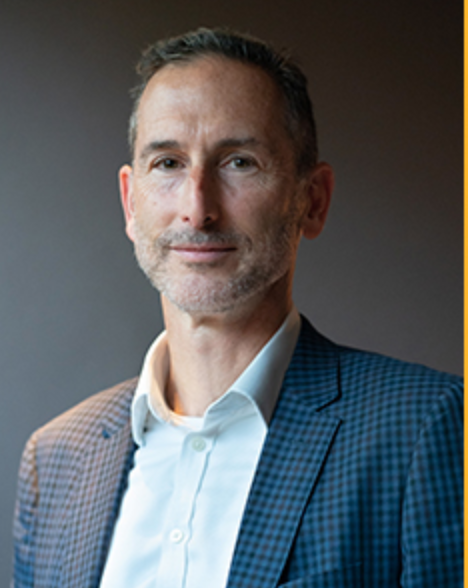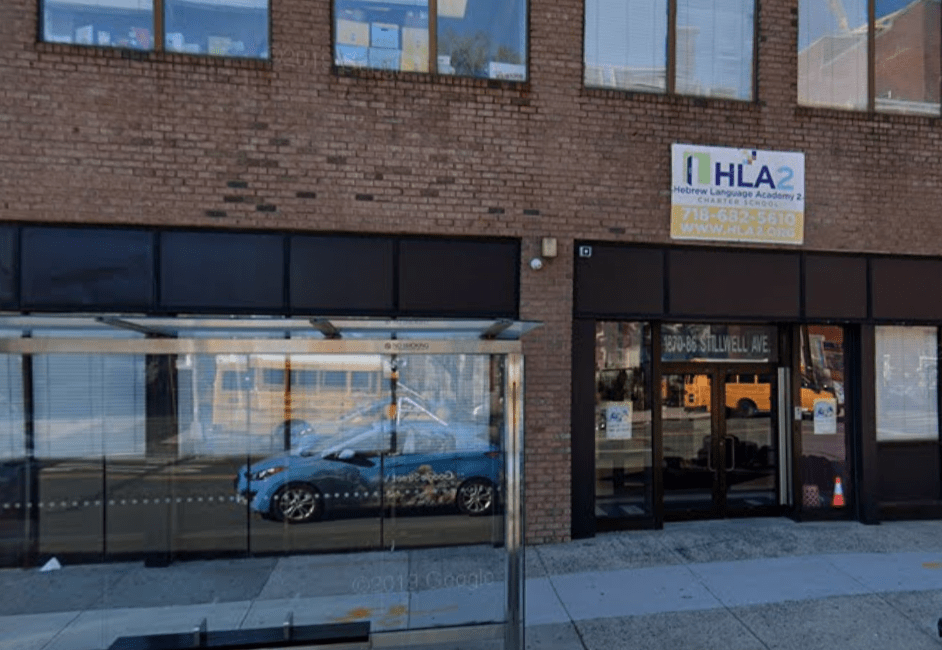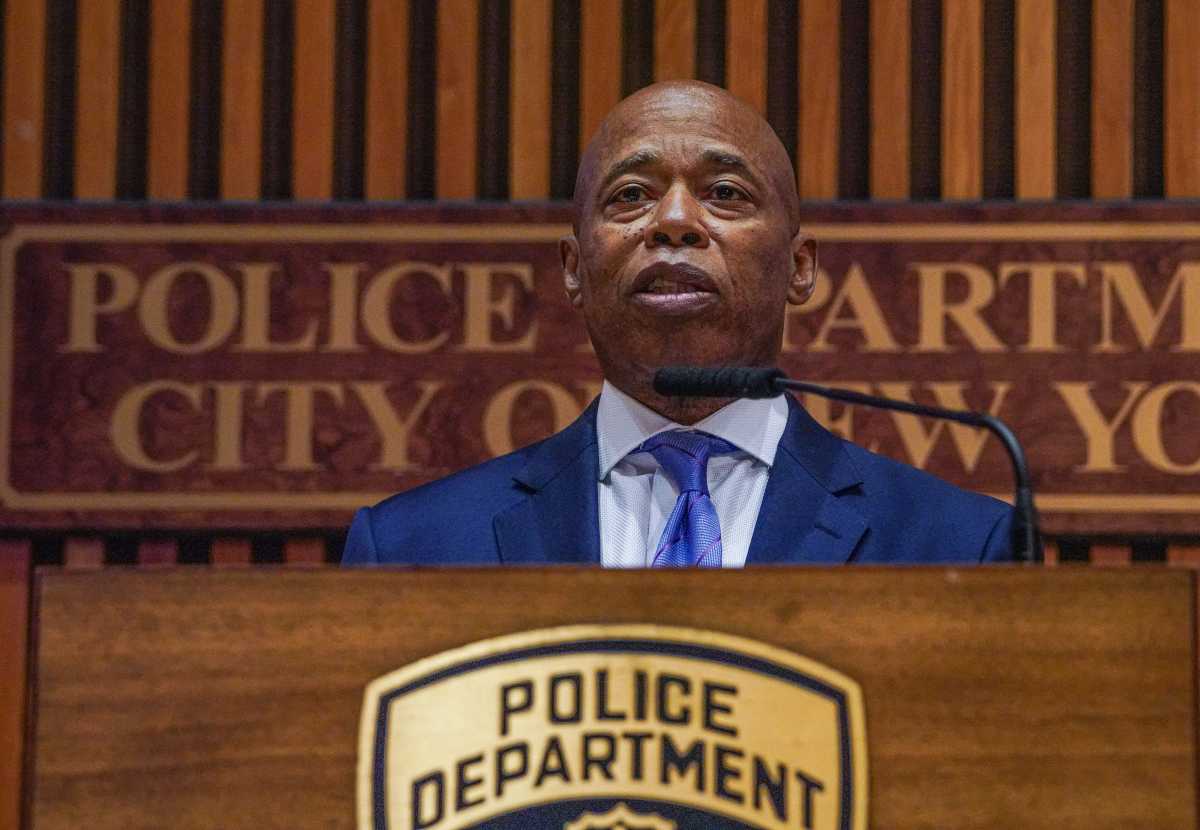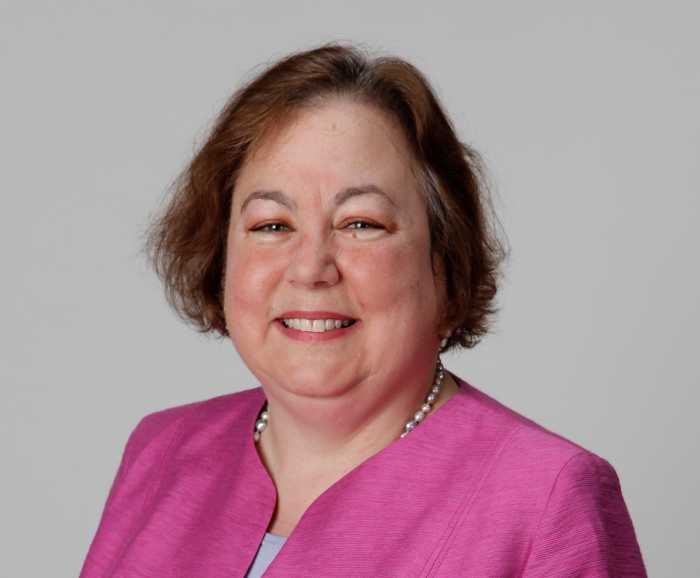I am the parent of a high schooler and the chief executive of a network of public charter schools, so the question of when and how our nation’s public schools can reopen in the midst of the CV-19 pandemic is very much on my mind. As public health experts and government officials wrestle with different reopening scenarios and timelines, I offer the following suggestions.
Most public school systems are anticipating a hybrid or partial reopening model, in which a fraction (and likely no more than half) of a school’s students would physically attend school on a given day. Versions of this model include A/B day scenarios (in which students attend school on alternating days), A/B week scenarios (attending on alternating weeks), and morning/afternoon sessions. For brevity’s sake, let’s refer to the times when a student would not be scheduled to be in school as “off-days.”

In each of these models, the idea of social distancing within the school building is a key consideration. Among other things, this means limiting large gatherings such as assemblies, reducing class sizes to fifteen or fewer students, and serving breakfast and lunch in the classroom. As difficult as this will be to implement (along with screening, cleaning, and other safety measures), it raises an even bigger question about off-day students.
First, governments must ensure through public/private partnerships that every home has robust internet access, and that each student has a computer that is sufficient for remote learning use on off-days.
But even with internet access and home technology, another enormous issue looms for off-day children. Many students will not have an adult parent or guardian available to care for them, particularly as more and more people need to return to their places of work. As businesses reopen, we cannot continue to put millions of people’s livelihoods in jeopardy solely because of a lack of child care for school-age students.
What can be done? First, school spaces meant for large groups, such as cafeterias, gyms, and multipurpose rooms, could be repurposed for use by off-day students. Off-day students who lack child care at home could still travel to school and occupy these large spaces at significant social distance from each other. With headphones, laptops, and wi-fi, access to food and restrooms, and appropriate adult supervision, their experience would be similar to that of their off-day peers participating in remote instruction from home.
Why not go a step further? Public libraries could serve a similar purpose, and already have most of the necessary components in place. By adding additional adult support, even a small library branch could serve twenty or more students while maintaining social distancing.
Other large public and private spaces could also be used with some creativity and investment. Many companies are shifting larger percentages of their workforce to home-based work; there may be spaces available in corporate offices that could be used in the same way as workplace-based child care settings, but for school-age children and with social distancing in place.
Even with expanded child care, there is another group of students who are in high-risk health categories, or who live with others who are particularly at risk. In these cases, there may be no choice but for some of these children to stay at home. At a minimum, school systems should prioritize the most intense remote support for these students, such as live 1:1 or small-group instruction; video conferences with parents or guardians; books sent to the home; teletherapy; and other services customized to each student’s needs. Here, special education’s individualized education program can provide a model, in which the family and school jointly design a program and services.
Similar questions arise for teachers, school leaders, and other school staff who fall into high-risk health categories, or who live with people in such categories. These employees may have good reasons to stay away from school buildings, even with school-based social distancing measures in place. School systems should concentrate efforts on training these staff members to become experts in remote learning, mastering the technology and learning models to maximize the student experience on off-days. This new role of remote learning expert would also include the provision of high-quality home technology to these staff members, and a community of peers for cross-training and support.
As the above examples show, solutions — however imperfect — are available to us. Time is short, however. If schools are to reopen in August and September, even under hybrid models, significant progress will be needed across public systems that are not accustomed to rapid change and flexibility. Too much is at stake for us to fail, and in doing so, to cause further harm to millions of students and families and to our battered economy.
Jon Rosenberg is the President & CEO of Hebrew Public, a network of racially and economically diverse public charter schools; he is also a former education civil rights attorney.










